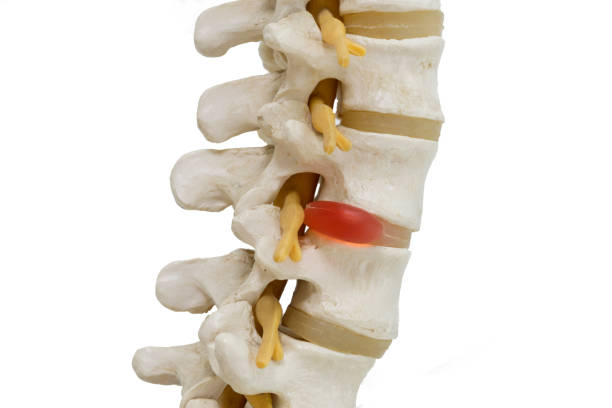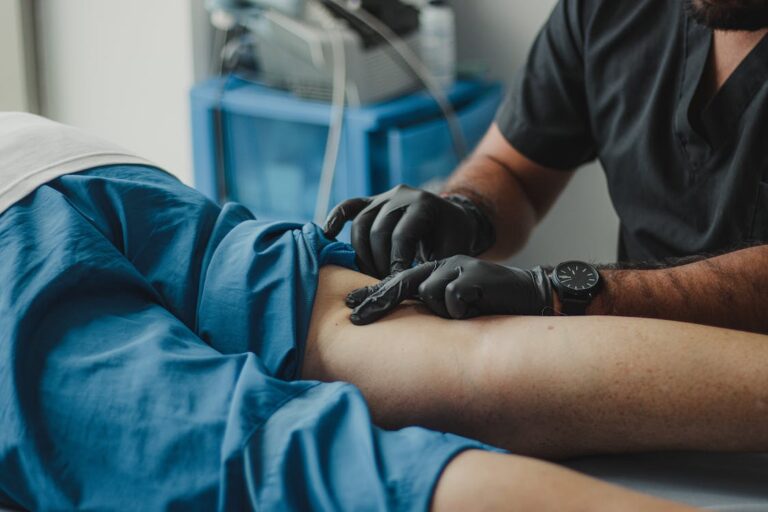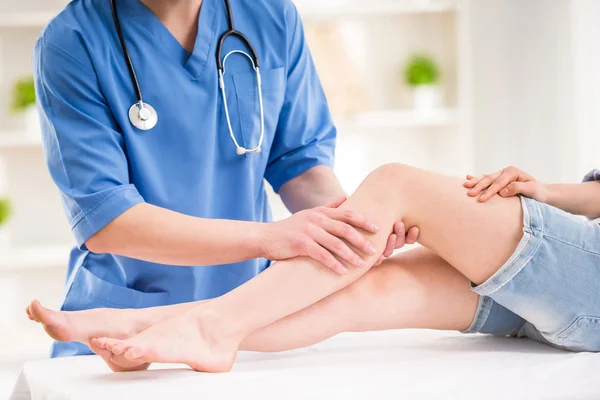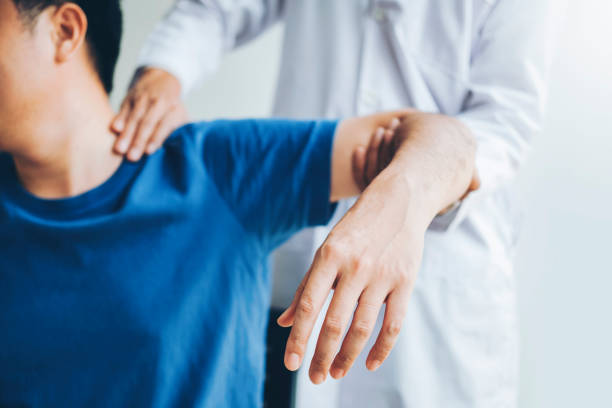Non-surgical Alternatives for Joint Pain Relief
Joint pain or discomfort is common; it is usually felt in the joints in the hand, the hips, the knees, or even the spine. The pain may be intermittent, or it can be constant and the affected person may require non-surgical alternatives for joint pain relief. The affected joint may also feel sore or stiff or it may ache. The stiffness may also be bad in the mornings but loosen up with movement and activity during the day. Joint pain affects the functioning of the joint and can hamper the ability of the affected individual to carry out certain tasks.
Who is susceptible to joint pain?
Joint pain can affect the following:
- People who are overweight
- Individuals that are suffering from chronic medical conditions like arthritis
- Individuals that have previously had injuries or trauma to a joint
- Individuals that overuse a muscle
- Older individuals
What is the cause of joint pain?

Chronic joint pain has several common causes, including:
- Rheumatoid arthritis – This is a chronic disease that causes swelling and pain in the joints. This commonly occurs in the fingers and wrists causing deformity in those joints.
- Osteoarthritis – This happens over time when the cartilage wears away. The joints then become painful and stiff. This type of arthritis usually develops slowly and occurs towards middle and old age.
- Gout – This is a painful condition where crystals from the body collect in the joint causing swelling and severe pain. This condition usually occurs in the toe.
- Injuries and trauma – This can happen in the form of strains, trauma, and fractures.
- Tendinitis – Tendonitis is an inflammation of tendons. It is typically seen in the elbow, shoulder, or heel. It is caused by overuse most times.
- Viral infections – These can cause rashes or fever that may sometimes make joint movement very painful.
- Bursitis – This can be caused by overuse of a joint. It can occur in the hip, the shoulder, the elbow, or the knee.
What are the non-surgical methods of treating joint pain?
Surgical intervention is usually a last resort in treating chronic joint pain. Some Non-surgical Alternatives for Joint Pain Relief include:
Medication

Anti-inflammatory medication can help reduce the pain and swelling that are experienced in joint pain. Some drugs include:
- Over-the-counter non-steroidal anti-inflammatory drugs like aspirin, ibuprofen.
- Topical NSAIDs like Voltaren gel can be applied directly to the joint to help relieve pain and inflammation.
- Prescription NSAIDs like meloxicam are prescribed on an individual basis depending on the severity of the symptoms experienced.
- Opioids when the arthritis does not respond to other treatments.
Injections
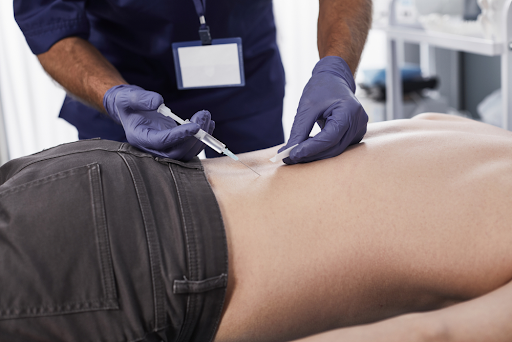
Drugs like corticosteroids can be injected into a patient suffering from joint pain. These drugs target inflammation and reduce pain from arthritis. They can be injected directly into a joint in a process called intra-articular injection. Hyaluronic acid injections are another type of intra-articular injection. They can help ease pain and improve mobility in patients. These injections are used with caution, however, as repeated cortisone injections may deteriorate the articular cartilage.
Supportive devices
Braces or orthotics can help improve joint function. The knee bracing may reduce the weight that is being put on an affected knee. This can help the patient gain improved functionality and stability on the joint. The braces can be custom-made and personalized to ensure that they are targeted at a certain area. These customizations can, however, make the device a bit more expensive. Canes, crutches, and walkers may also be beneficial to patients as they aid their walking and movement. A walking stick can reduce the pain caused by stress and weight on an affected knee.
Physical therapy
This can significantly reduce pain and improve the stability and functionality of a joint in people suffering from arthritis. The therapy aims to increase the range of motion and flexibility in a person’s joints. A consistently inactive person may find that their symptoms will progressively get worse. Physical therapists help by providing a range of muscle-strengthening exercises and techniques that can help in improving mobility, relieving the stress on joints, and stretching, stabilizing, and strengthening the joint. These therapies can be in the form of hydrotherapy, resistance training, or land-based exercises.
Lifestyle changes
This may involve a change in a patient’s daily activities to manage the pain or improve the functionality and stability of the joint. A way of achieving this is to strive to reduce or maintain a moderate weight and strengthen the muscles. This can be achieved through exercise and diet and it can significantly improve the symptoms with few or no adverse effects. Some patients may need more support than others in maintaining or achieving a moderate weight. This is because some activities may lead to a further flare-up or worsening of the symptoms. In these circumstances, the patient may benefit from weight counseling from professionals.
Supplementation
Some patients are recommended to take supplements to support their joint health. Most of the supplements reduce inflammation from arthritis and protect the cartilage in the joints. Supplements like glucosamine sulfate and chondroitin sulfate support and improve cartilage stability and functionality. They also have not been found to present any safety concerns to patients that ingest them. Some other beneficial supplements include:
- Curcumin
- Omega-3 fatty acids
It is very important to consult a healthcare professional before taking these supplements. This is to avoid the onset of any adverse reactions or negative side effects.
Alternative exercises
These alternative exercises may provide relief for some patients. They include:
- Massage
- Yoga
- Acupuncture
- Meditation
A patient should discuss with their doctors other conservative therapies that they can use in place or combined with these alternative exercises, especially if the exercises are no longer as effective in managing the daily symptoms experienced.
Heat and cold therapy
These target the affected areas in different ways. The hot therapy which can be applied with heating pads or warm wet rags helps manage the arthritis pain by:
- Increasing the blood flow to the affected area
- Relaxing tight muscles
- Getting rid of lactic acid which can be responsible for stiffness and soreness
Cold therapy targets pain and swelling during a flare of the symptoms which can occur after an exercise or an injury. It helps by:
- Inhibiting the inflammatory agents
- Decreasing blood flow to the affected areas, thereby reducing swelling
- Slowing the transmission of pain
The information provided in this blog is for educational purposes only and should not be considered as medical advice. It is not intended to replace professional medical consultation, diagnosis, or treatment. Always consult with a qualified healthcare provider before making any decisions regarding your health. Read more


